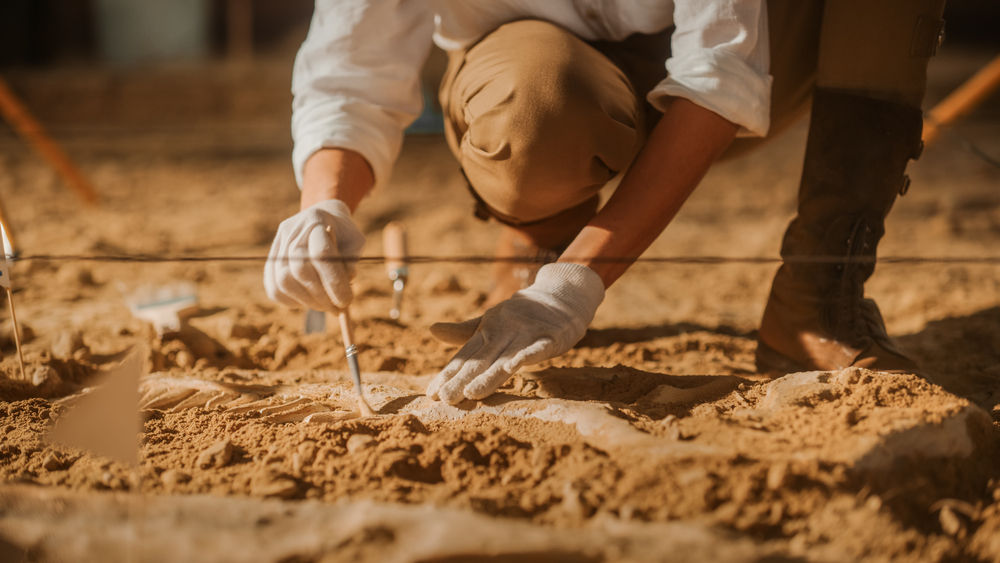An intact dinosaur egg found in Patagonia could unlock secrets of prehistoric life.
Others are reading now
Paleontologists in Argentina have uncovered a perfectly preserved dinosaur egg believed to be over 70 million years old, marking one of the most exciting fossil finds in recent memory.
The discovery was made near General Roca in the Rio Negro Province, a region rich in Late Cretaceous-era fossils.
The egg was uncovered during Cretaceous Expedition I, a scientific mission led by Argentina’s National Council for Scientific and Technical Research in collaboration with the Museum of Natural Sciences.
“It was so well preserved that it looked recent,” one team member said during a livestream.
Another added, “We’ve never seen anything like it, we’ve never seen an egg so well preserved.”
Also read
Rare carnivorous egg
Researchers believe the egg may have come from a Bonapartenykus, a carnivorous dinosaur genus known for its long legs and bipedal movement.
These dinosaurs once roamed the Rio Negro region during the Late Cretaceous period.
Carnivorous dinosaur eggs are extremely rare due to their fragile, thin shells, which often don’t survive the fossilization process.
“They’re much more delicate eggs,” paleontologist Gonzalo Muñoz told National Geographic. “The happiness was spectacular for the team.”
Could this egg contain an embryo?
While the egg is whole and intact, the team has not yet confirmed whether it contains any embryonic material.
Also read
“An embryo is a very delicate animal,” Muñoz explained. “Its preservation is more complex… we don’t know if the embryo was there and died, or if it was an egg that didn’t have an embryo.”
If embryonic remains are found, it could offer unprecedented insights into dinosaur development and reproductive biology.
Nearby, scientists also found remains of other reptiles and ancient mammals, suggesting the area may have served as a nesting site during the Cretaceous period.
Once research and testing are complete, the egg will be displayed in a local museum in Patagonia.


